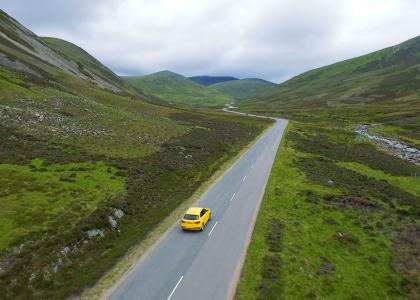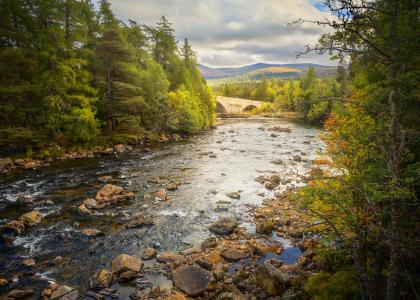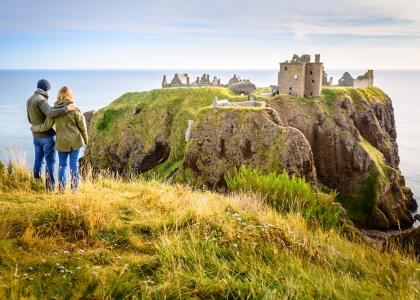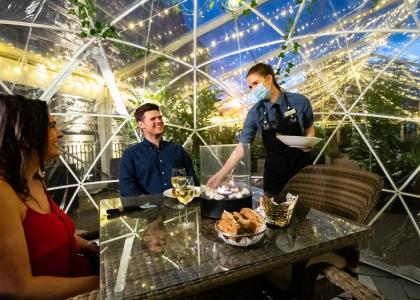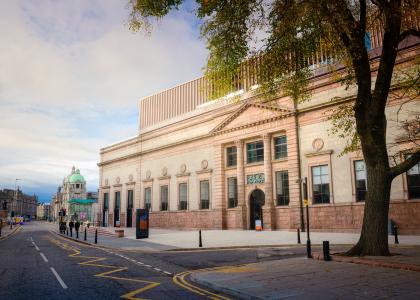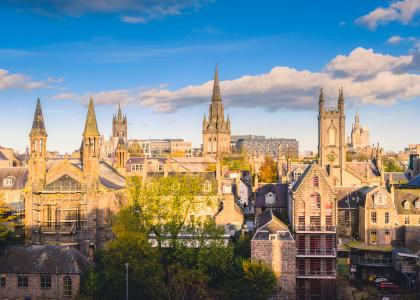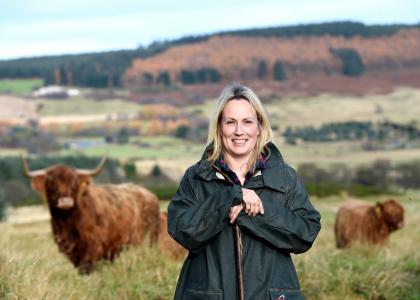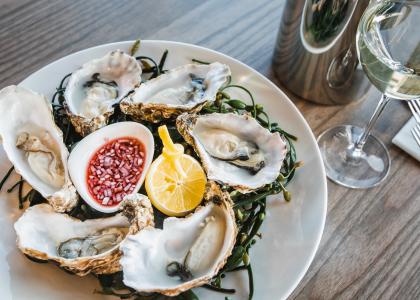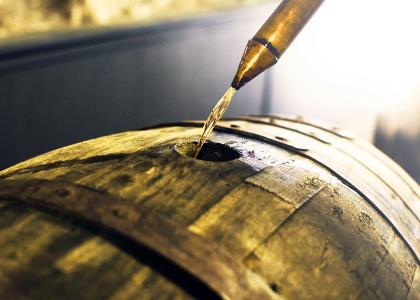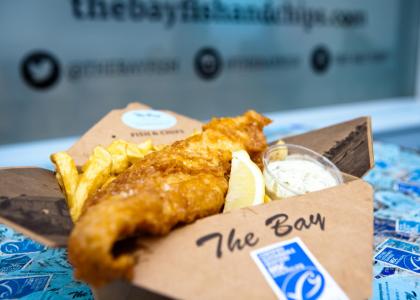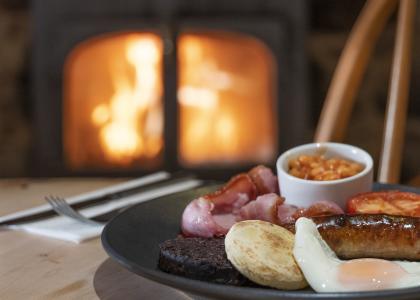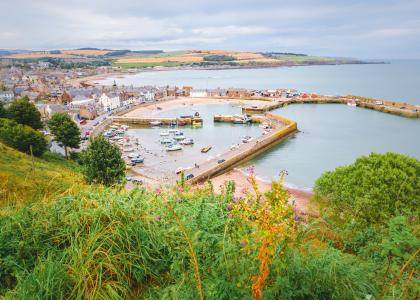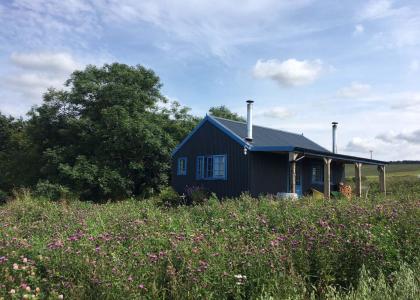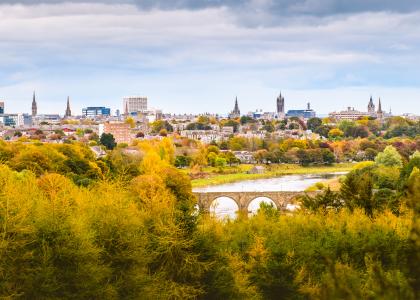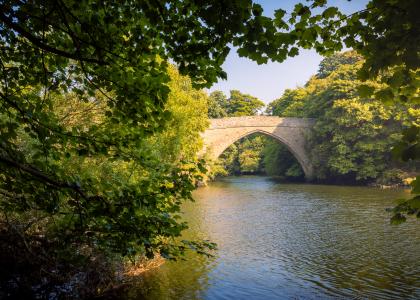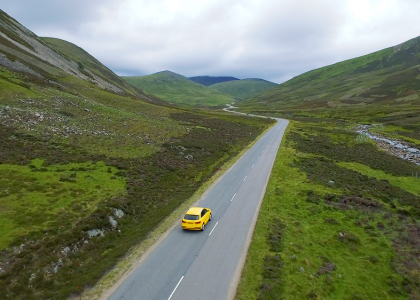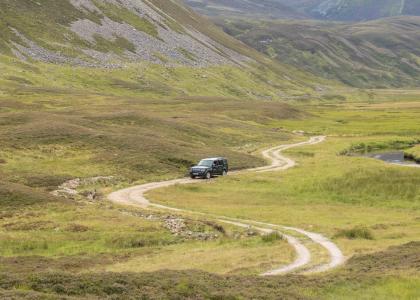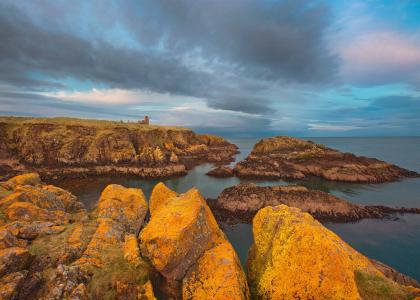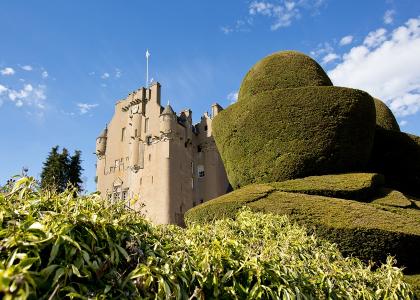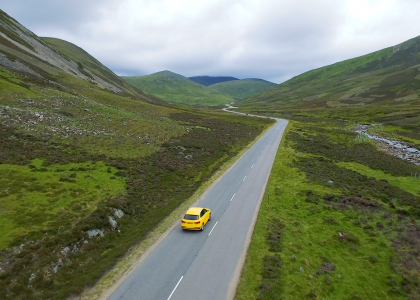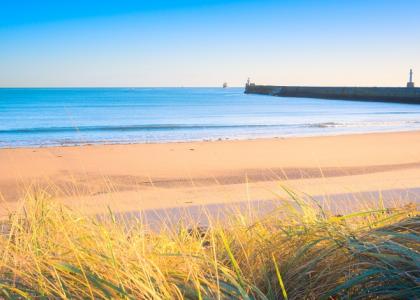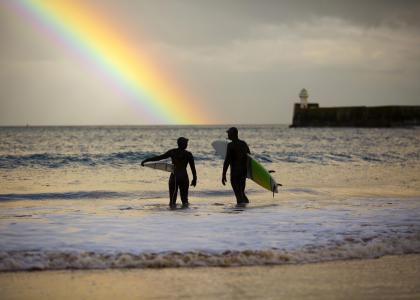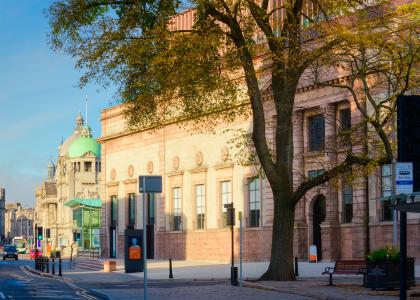Things You Need To Know About Nature & Wildlife in Aberdeen & Aberdeenshire
23 January 2017
Aberdeenshire stretches from “one of the last great places on earth” (the Cairngorms) to “one of the world’s top-rated coastlines”. So says National Geographic. And The Scotsman (one of Scotland’s national newspapers) calls its city of Aberdeen – where ships dock right up against the city-centre streets and dolphins leap in the busy North Sea harbour – “one of the most architecturally distinctive in Europe”.
The Banffshire coast also known as ‘Scotland’s Dolphin’ Coast sits on the Moray firth and is where you stand one of the best chances of seeing dolphins with a population of around 130 bottlenose dolphins. There is no one specific place along the coast you just have to keep your eyes peeled and you might be lucky. If you see a group of people point and frantically taking pictures of something out to sea, chances are, it’s dolphins!

It’s not just dolphins that grace these shores, but seals, whales, birds and land based animals. The coast between Rosehearty and Fraserburgh is perfect to see seals and further south a visit to Forvie National Nature Reserve is a must. In spring and summer the estuary is alive with the calls of the largest population of Eider Ducks in Britain, terns diving for fish and many wading birds all year round. Hundreds of Grey Seals have become a popular attraction at the mouth of the Ythan, at Newburgh. The north of the reserve offers untamed moorland without venturing into the hills, sea cliffs with nesting birds and a hidden beach at Hackley Bay.
St Cyrus National Nature Reserve in South Aberdeenshire has natural barriers of inland cliffs and a seaward ridge of sand dunes that protect the St Cyrus grasslands from the ravages of the weather. In summer the reserve is awash with colour and life, from the intense purple of the clustered bellflower to the constant movement of countless butterflies and moths. Soaring above all this, peregrine falcons circle high in the air, waiting for an opportunity to dive on their prey.
If birds are your thing we highly recommend a visit to the RSPB Reserves at Troup Head (near Gardenstown) or the Loch of Strathbeg near Fraserburgh. Troup Head reserve is home to Scotland’s only mainland colony of gannets. And in this Seabird City, you’ll also see thousands of guillemots, razorbills and puffins. At the Loch of Strathbeg in winter, thousands of wild geese, swans and ducks fly in, including around 30,000 Pink-footed geese which roost on the reserve – it's a sight you'll never forget. During spring and summer, you can see gulls, terns, ducks and swallows raising their young, and you may catch a glimpse of an otter. You'll also get to spot our herd of wild Konik ponies which graze on the marsh.

Inland at the Muir of Dinnet in Deeside you can enjoy woodland, heath, open water and an impressive example of nature's sculptural work, all on one site. Visit the Burn O'Vat and feel the rock walls swallow you up in their damp embrace, cutting you off from the outside world. Elsewhere, wander through birch woodlands, watch for the flash of a damselfly's wings or savour the peace and tranquillity of a summer reflection in the clear water of the lochs.
There’s something about the scale of Aberdeenshire between the mountains and the sea. You can roam for miles across great estates, expanses of moorland, ancient Caledonian forests, rolling farmland, vast dunes, wide sandy beaches and expansive coastlines.

